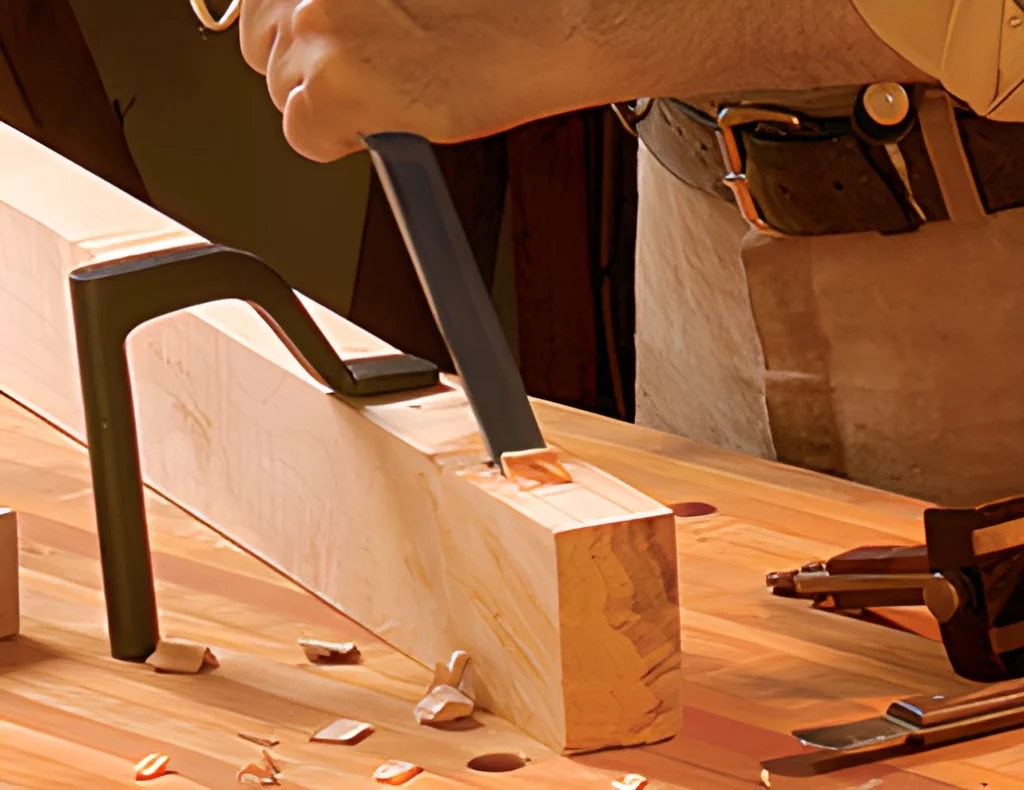What in a Chisel is More than Just Steel
You can tell a lot about someone’s relationship to their work by the way they handle a chisel. It’s one of those tools that never lies. You can’t fake precision, patience, or care when you’re guiding a sharp edge through wood. It’s not a flashy tool, but it’s personal. And if you ask ten builders which chisel they’d keep on a desert island, you’ll get ten passionate answers.
This isn’t about rare Japanese white steel or the difference between brands you’ll never see outside a catalog. This is about the chisels you use, drop, resharpen, and come back to like old friends.
A chisel isn’t just for cutting. It’s a conversation between your hand and the wood.
Types That Stick Around for a Reason
There are dozens of types of chisels, but in everyday use, only a few stay in arm’s reach. Let’s walk through them not by textbook definitions, but by what they actually help you do on a job site or in a quiet shed.
Bevel-Edge Chisel
This is the jack-of-all-trades. Thin sides let you get into joints, dovetails, and corners without bruising nearby wood. Mine gets the most hours, and not just because it’s versatile — it’s forgiving when your angles aren’t perfect.
Mortise Chisel
If you need to remove bulk material or clean out a mortise, this is the one. Thicker and stronger, built for levering and deeper work. You don’t need it every day, but when you do, no substitute will do.
Paring Chisel
Long, delicate, meant for finesse, not force. Use it with two hands and no mallet. When you’re trimming fine joints or sneaking up on a perfect fit, this is your quietest friend.
Firmer Chisel
A bit of a middle ground — thicker than a bevel-edge, simpler in profile. Some builders love them for heavy general work, others find them too stiff. Try one and see where your hands take it.

The Angle, the Steel, and the Feel
All chisels are not created equal, and a lot of the difference is hidden in things you don’t see at first: the grind angle, the shape of the bevel, and what kind of steel is holding the edge.
Most bevel-edged chisels come with a 25-30° grind. For harder woods, a steeper angle helps the edge survive longer. If you work softwoods or do delicate trimming, a shallower angle gives more control.
High-carbon steel sharpens quickly and takes a wicked edge — but needs more love. Chrome-vanadium types last longer but feel a little ‘dead’ to some hands.
You’ll only really know a chisel’s steel after you’ve sharpened it six or seven times and felt what it resists and reveals.
The Handle Isn’t Just a Handle
Whether it’s socketed or tang-style, ash or hornbeam, the handle connects your muscle to the job. A poor handle tires you out. A good one disappears in your grip.
I like wooden handles because they age with you. They darken, polish, and even deform where your thumb always rests. Plastic can survive a nuclear war, but it’s cold. And when you swing a mallet, it doesn’t lie — bad ergonomics always show up.
Japanese chisels with hoop-style ferrules offer a good compromise. You seat them yourself, and the ferrule tightens with time. They demand ritual and reward it with reliability.
Sharpening, Storage, and Daily Discipline
Sharpening isn’t a chore, it’s a rhythm. You don’t wait till it’s dull — you touch it up when your hand feels resistance. Water stones, oil stones, sandpaper on glass — whatever works, as long as it becomes habit.
Store them where the edges don’t knock into each other. That’s really all there is to it. I’ve seen beautiful rolls, tool walls, and even a homemade cedar block with carved slots. The point is not the elegance — it’s the respect.
Treat a sharp edge casually and you’ll spend half your life sharpening.
A Quiet Gesture That Builds Memory
Every time you pick up a chisel, it asks: “Do you remember what we’ve done together?” It’s not about nostalgia — it’s muscle memory. The way your wrist adjusts, the way your other hand braces the wood. That’s what separates tools from instruments.
You don’t have to own a full set or chase expensive names. What you need is a chisel that you’ll use again tomorrow, and the day after. That’s where skill builds itself, in the repeat of small gestures done with care.

















